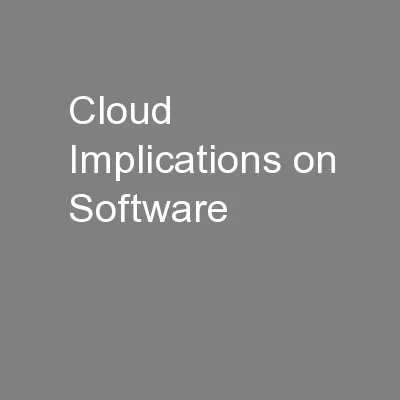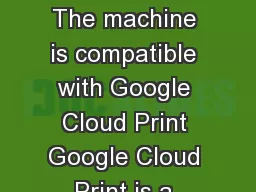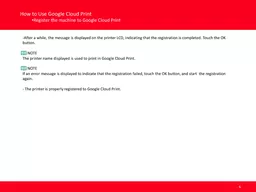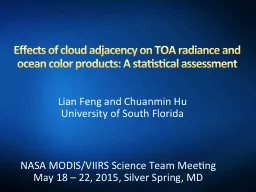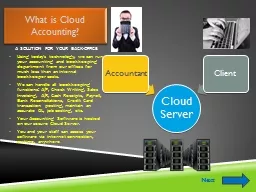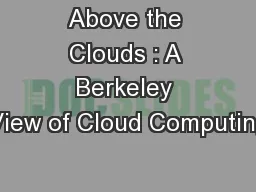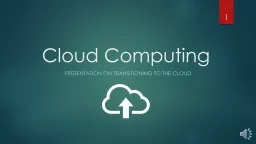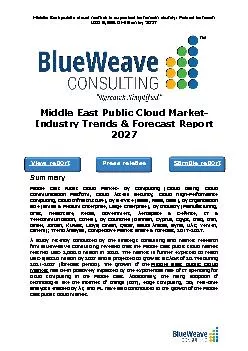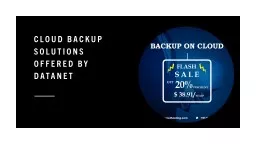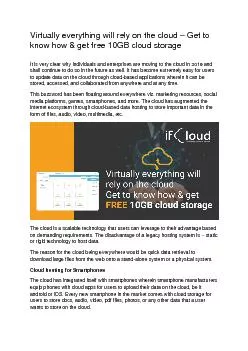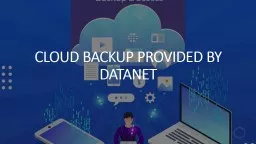PPT-Cloud Implications on Software
Author : celsa-spraggs | Published Date : 2016-06-14
Network Structure and Security Risks Terrence August Rady School of Management UC San Diego Joint with Marius Florin Niculescu and Hyoduk Shin Georgia Tech amp
Presentation Embed Code
Download Presentation
Download Presentation The PPT/PDF document "Cloud Implications on Software" is the property of its rightful owner. Permission is granted to download and print the materials on this website for personal, non-commercial use only, and to display it on your personal computer provided you do not modify the materials and that you retain all copyright notices contained in the materials. By downloading content from our website, you accept the terms of this agreement.
Cloud Implications on Software: Transcript
Download Rules Of Document
"Cloud Implications on Software"The content belongs to its owner. You may download and print it for personal use, without modification, and keep all copyright notices. By downloading, you agree to these terms.
Related Documents

